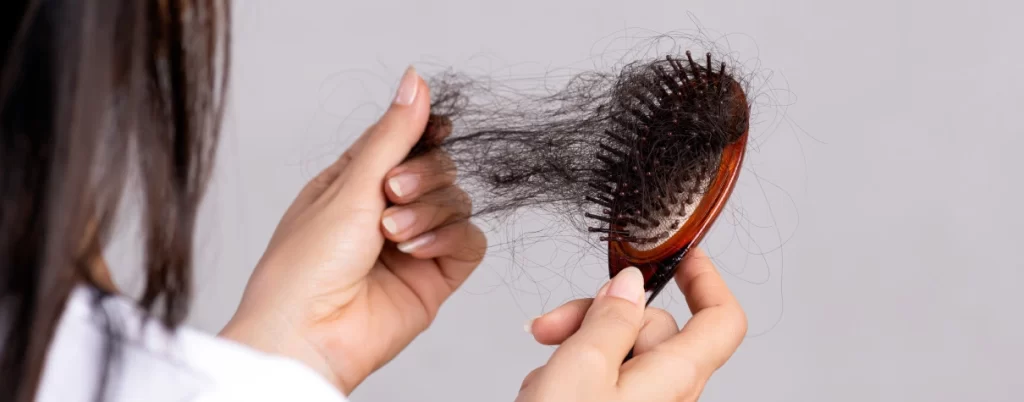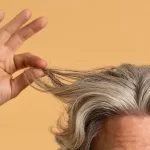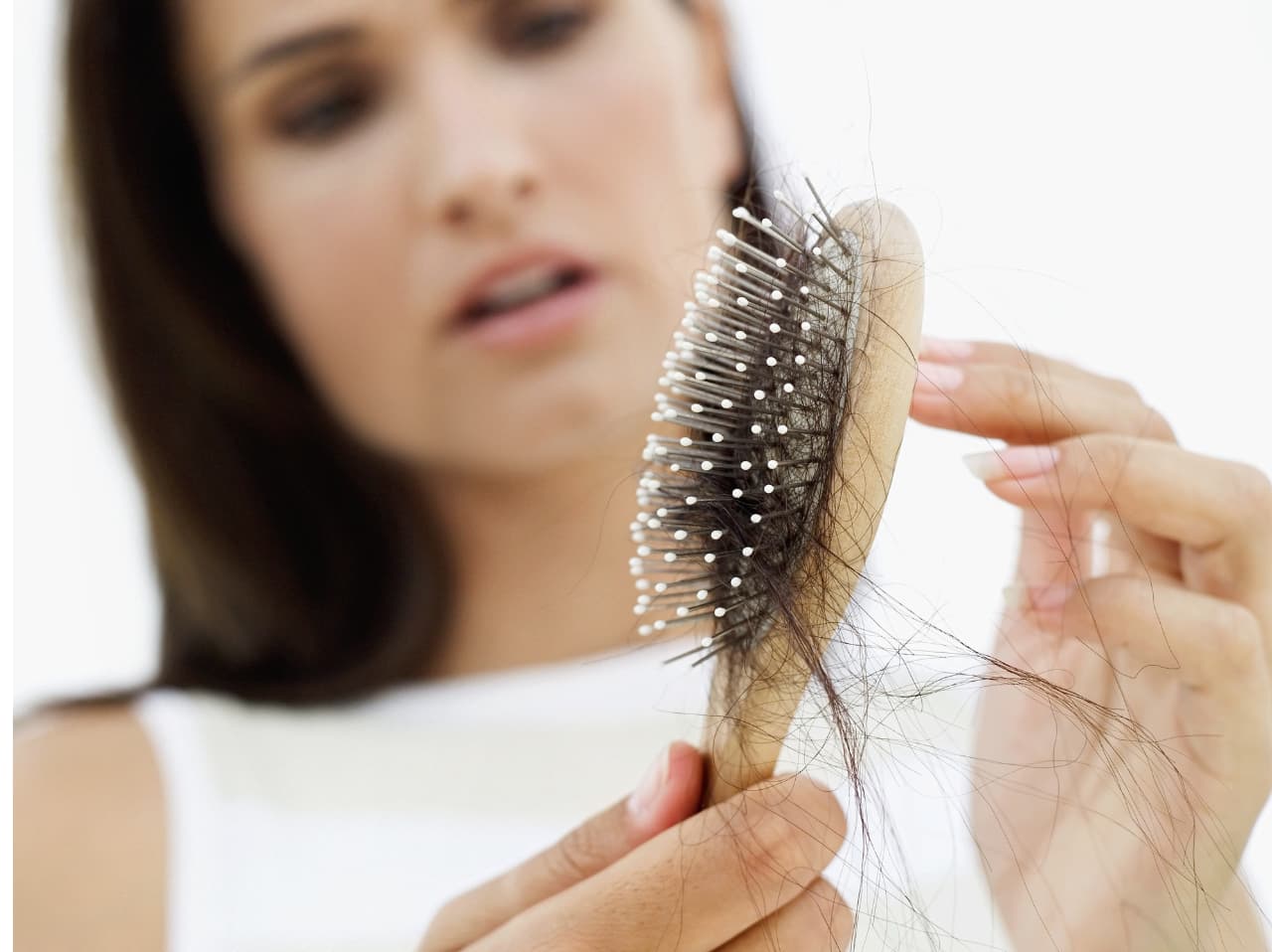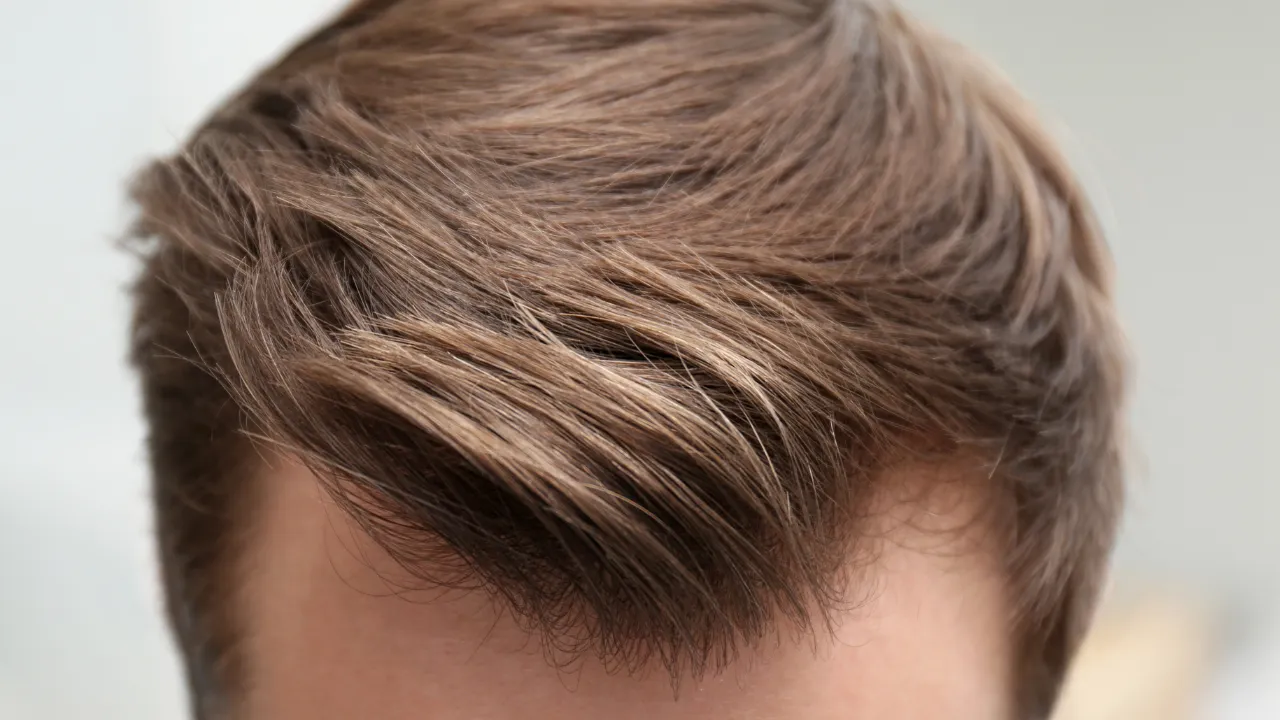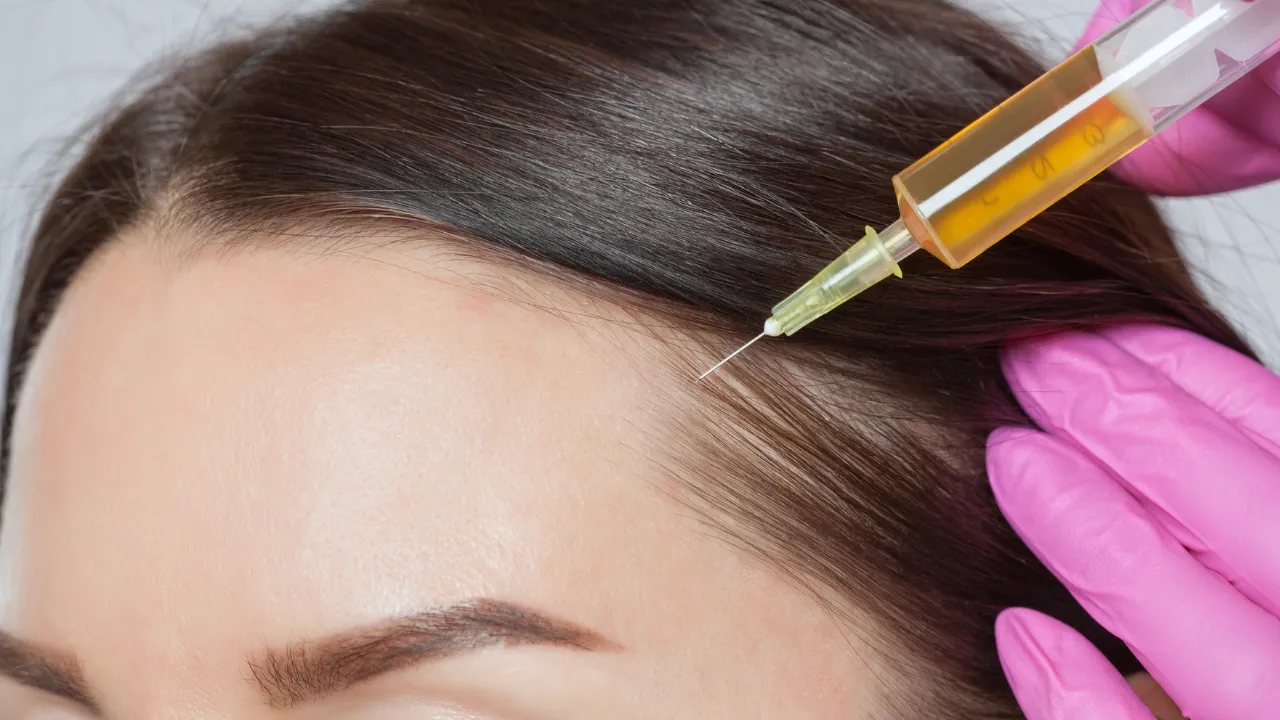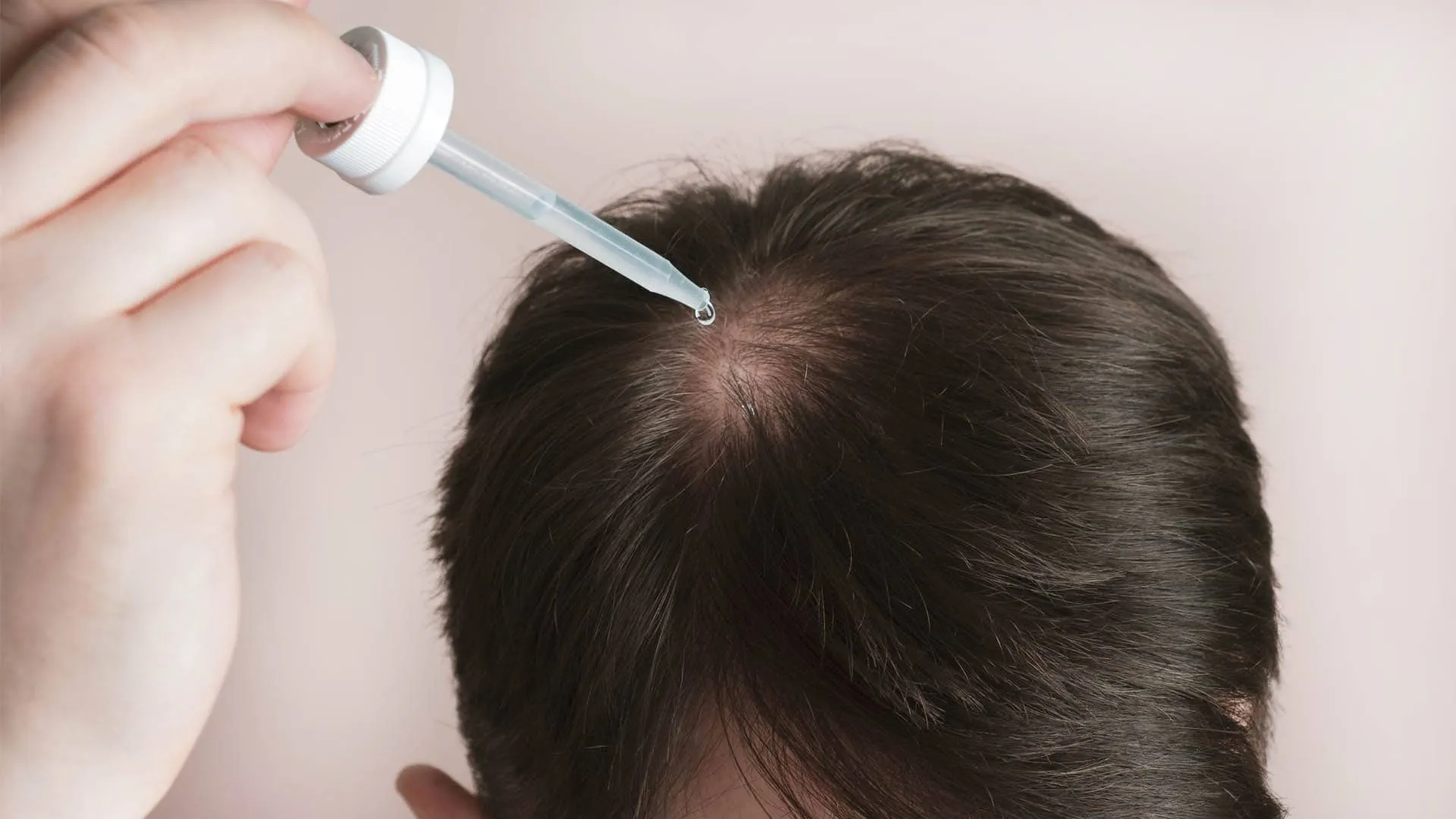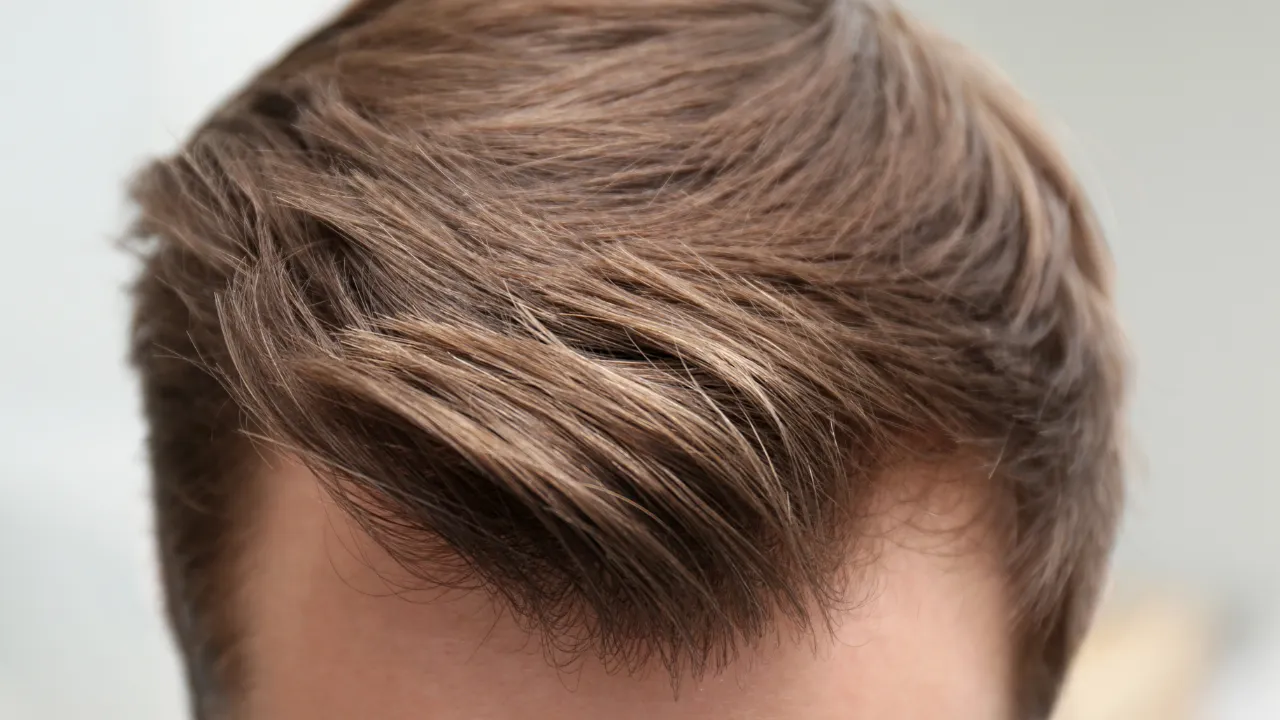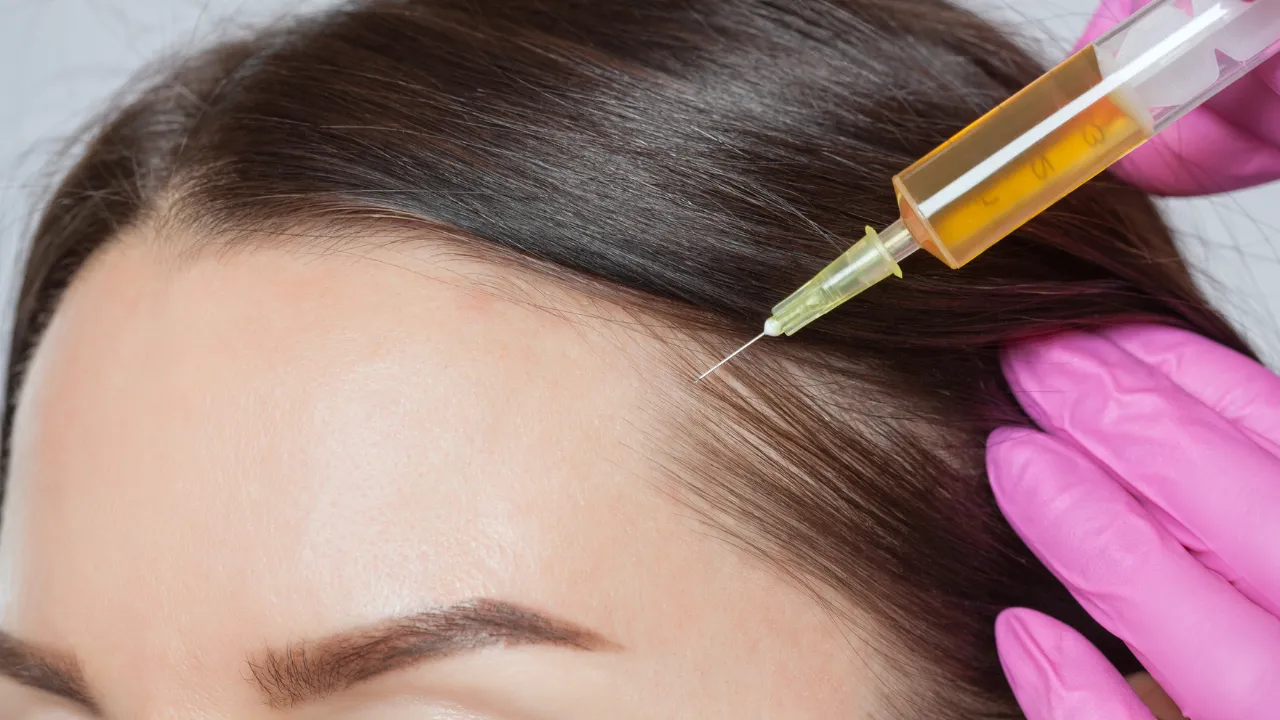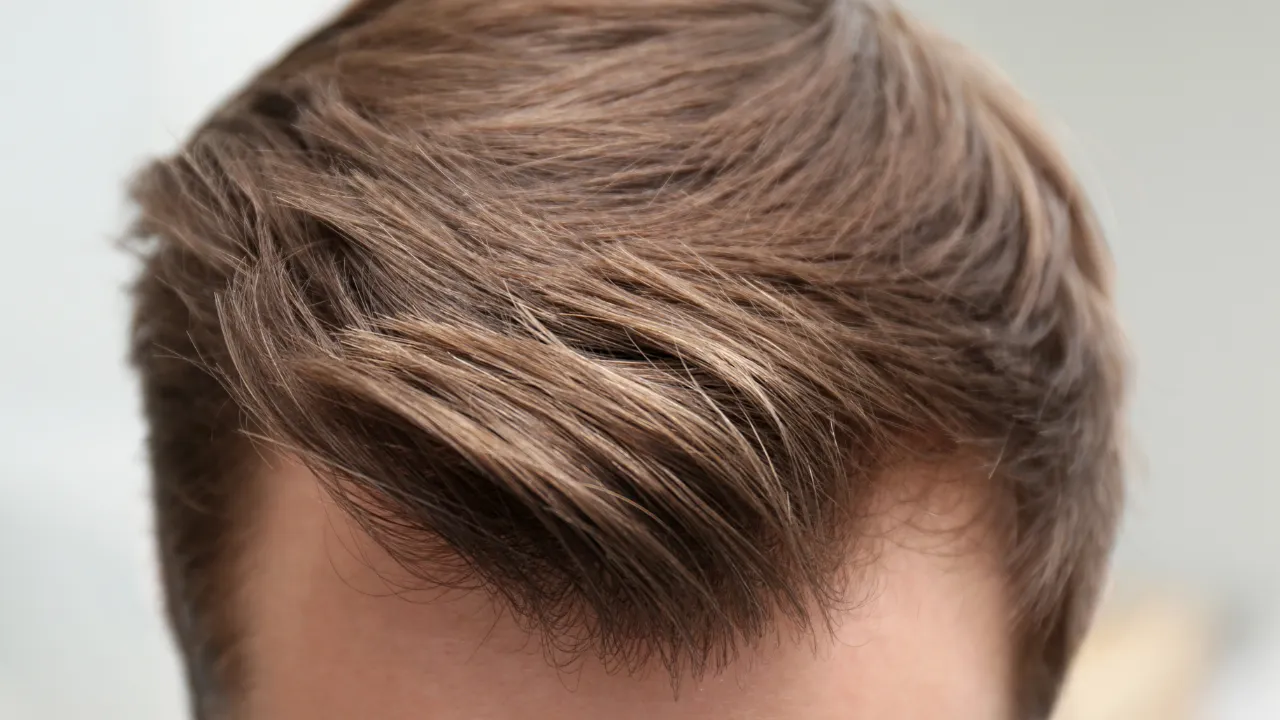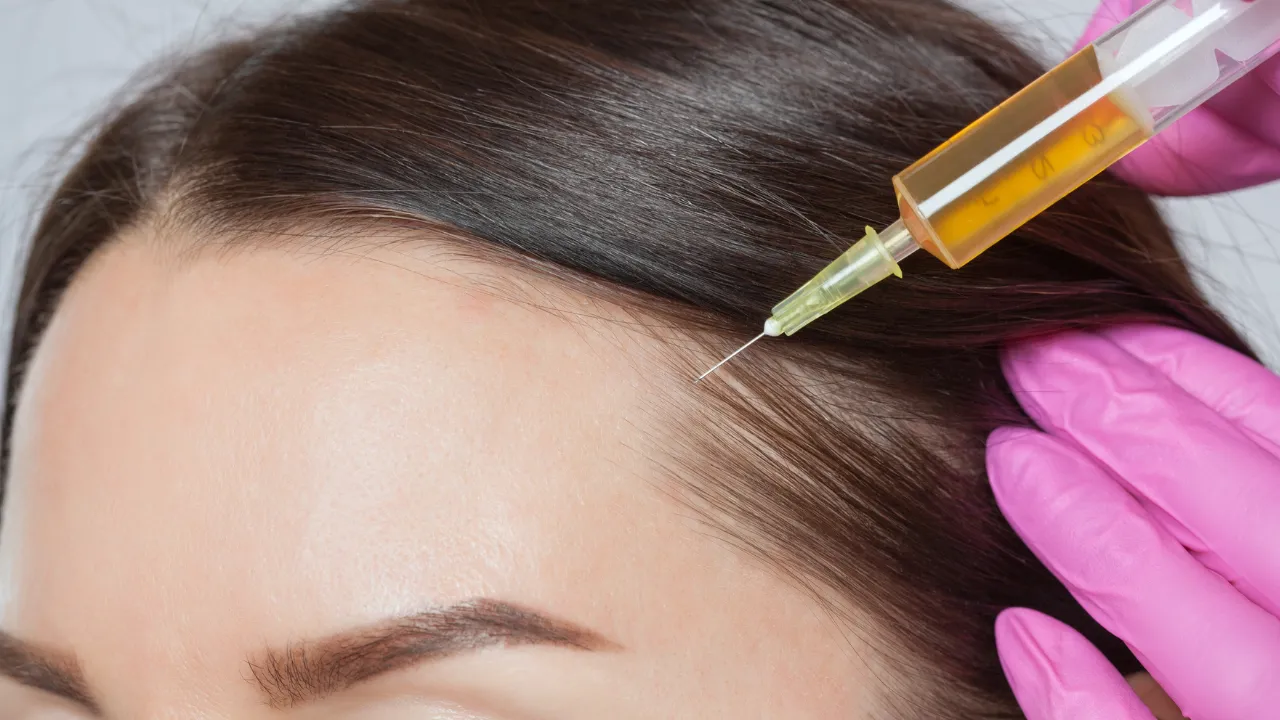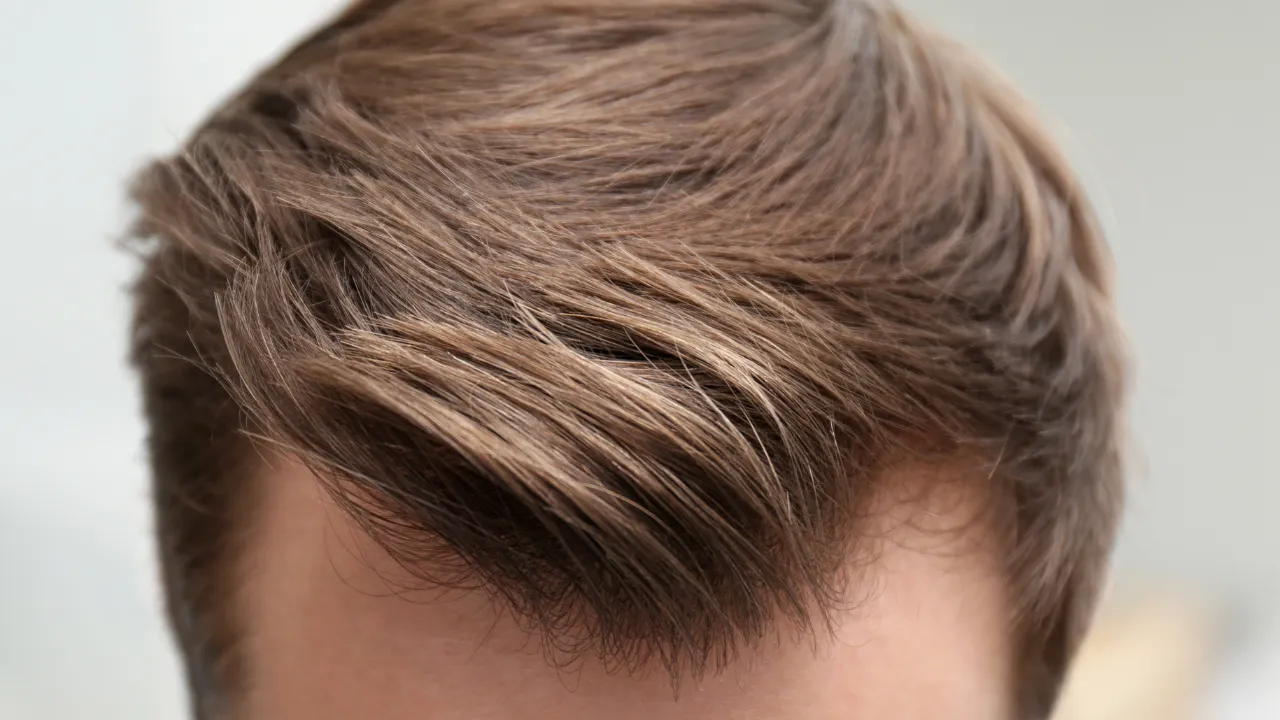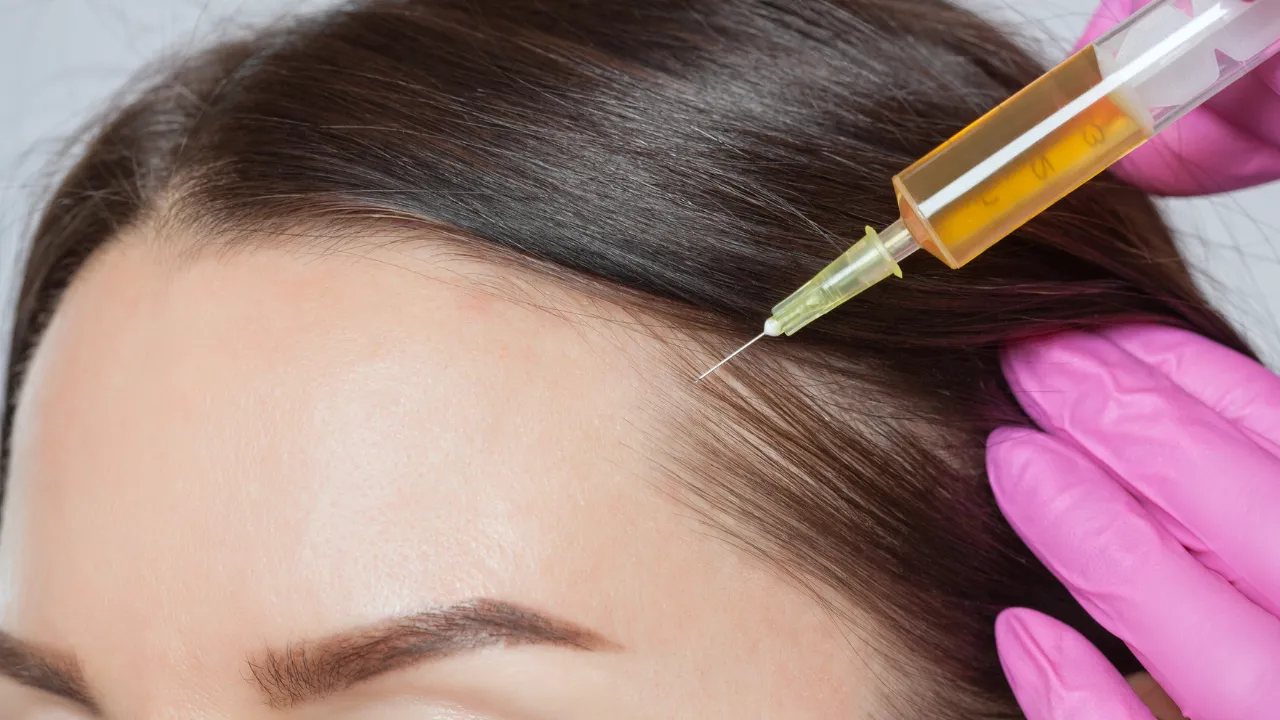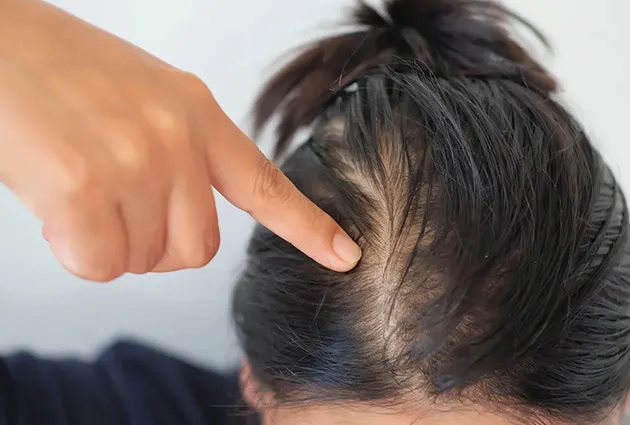Table of Contents
ToggleAt Kopelman Hair, patients often ask one key question: Can you prevent hereditary baldness? While complete prevention is not possible, early action can slow genetic hair loss and protect existing hair.
Dr. Kopelman and his team draw on over 40 years of experience to guide patients toward the best options for preserving hair health.
Hereditary hair loss is genetic, but proven treatments and expert care can reduce shedding, delay progression, and restore a fuller appearance. Understanding how it develops is the first step to taking control.
Key Takeaways
- Hereditary hair loss cannot be completely prevented, but early treatment can slow or halt its progression.
- Diagnosis by a dermatologist is essential to confirm genetic hair loss and rule out other causes before starting therapy.
- Medications like minoxidil and finasteride, supported by clinical studies, can preserve existing hair when used consistently.
- Lifestyle habits such as balanced nutrition, stress control, and gentle hair care help support treatment results.
- Professional options like hair transplant surgery provide permanent coverage for inactive follicles.
What Is Hereditary Hair Loss
Hereditary hair loss, or androgenetic alopecia, occurs when hair follicles shrink and shorten the growth cycle. This produces thinner strands and affects both men and women. Different types of hair, straight, wavy, or curly, may show thinning in different patterns, but the underlying process is the same.
Genetic causes and risk factors
Genes from either parent can increase follicle sensitivity to dihydrotestosterone (DHT), which speeds shrinkage. A family history of early balding, hormone changes, and age all raise risk.
Female pattern hair loss is common in women and usually appears as diffuse thinning over the crown rather than a receding hairline.
Genetic hair loss age and onset
Some people notice changes in their late teens, while others see signs in their 30s or 40s. Men often develop a receding hairline or thinning crown, while women experience more even thinning across the scalp.
Is baldness inherited from the mother or father?
Research shows baldness genes can come from both parents. Although one gene on the X chromosome plays a role, many other genes contribute, so looking only at the mother’s side is incomplete.
How to identify genetic hair loss
Gradual thinning on the top of the head, widening of the hair part, or a receding hairline are early signs. A dermatologist can confirm whether hair loss is genetic through a scalp exam and medical history.
Causes and Risk Factors Beyond Genetics
Other factors can accelerate loss, including hormonal changes, nutrient deficiencies, chronic stress, and certain medical conditions such as thyroid disorders or autoimmune disease. Identifying these triggers helps create a complete treatment plan.
Diagnosing Hereditary Hair Loss
Diagnosis involves a scalp examination and medical history review. Dermoscopy can reveal miniaturized hairs, and blood tests may rule out thyroid problems or nutritional deficiencies.
Accurate diagnosis distinguishes hereditary loss from other types of hair loss, including alopecia areata, which causes patchy bald spots unrelated to family history.
Can Genetic Hair Loss Be Stopped or Prevented?
The key question – can you prevent genetic hair loss – does not have a simple yes or no answer. Genetics cannot be changed, but early treatment can slow or halt the process.
Scientific evidence on prevention
Medications such as minoxidil and finasteride can lengthen the hair growth phase and reduce DHT effects. Low-level laser therapy and platelet-rich plasma injections also support follicle health and help promote hair growth in areas where follicles remain active.
Evidence on Treatment Results
Studies show that topical minoxidil can increase hair density in about 40 to 60 percent of users after six months of use. Finasteride slows or stops hair loss in over 80 percent of men when taken daily for at least a year.
Combination therapy often produces stronger results than a single treatment option, but each carries a possible side effect, such as scalp irritation with minoxidil or reduced libido with finasteride.
Limits of prevention and value of early action
Once a follicle is permanently inactive, regrowth is unlikely. Starting treatment at the first signs of thinning gives the best chance to preserve existing hair. Dr. Kopelman advises patients to seek evaluation as soon as changes are noticed.
Early Warning Signs Checklist
Recognizing the earliest changes gives treatments the best chance to work. Watch for:
- Gradual thinning on the crown or along the hair part
- Increased shedding during brushing or showering
- Miniaturized hairs that look finer and shorter
- A family history of early balding
Natural and At-Home Approaches
Many people search for how to stop genetic hair loss naturally in females or how to stop genetic hair loss naturally in males. While natural methods cannot override genetics, healthy habits can support scalp and follicle health.
Lifestyle Habits That Support Treatment Results
Medical therapies work best when combined with healthy habits.
- Eat a balanced diet rich in protein, zinc, and vitamin D.
- Avoid smoking, which restricts scalp blood flow.
- Manage stress through exercise or meditation.
- Use gentle hair-care products and avoid harsh chemicals.
Natural ways to stop genetic hair loss (men and women)
Maintain good nutrition, reduce stress, and avoid tight hairstyles that pull on hair follicles. These measures help protect existing hair even if they cannot prevent hereditary loss.
Genetic hair loss treatment at home
Topical minoxidil is available without a prescription and can be applied at home. Consistent daily use is required to maintain results. Gentle scalp massage may also improve blood flow, though evidence is limited.
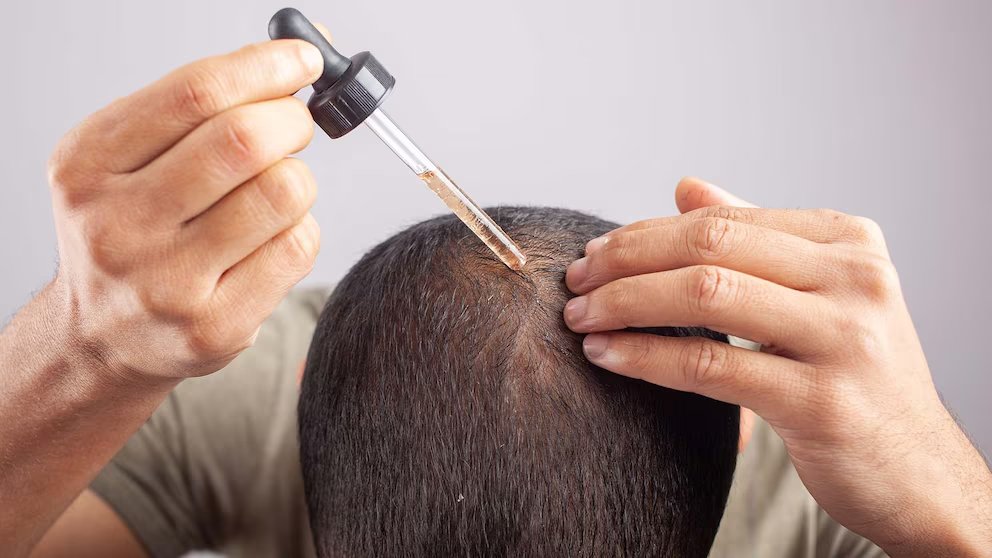
Medical and Professional Treatments
Professional care offers the most reliable results for people wondering: can you stop genetic balding, or how to avoid genetic hair loss?
Medications that slow or stop thinning
Finasteride for men and spironolactone for some women lower DHT levels and reduce follicle shrinkage. Topical minoxidil remains the most common first-line treatment option for both genders. Doctors carefully monitor dosage to reduce the chance of a side effect while maximizing results.
Advanced hair transplant options
For areas where follicles are no longer active, hair transplant surgery provides permanent coverage. Techniques such as Follicular Unit Extraction (FUE) move healthy follicles to thinning zones. At Kopelman Hair, Dr. Kopelman performs these procedures using advanced technology to achieve natural density.
Cost and Maintenance Considerations
The cost of treating hereditary hair loss varies by treatment option and upkeep.
- Medications like minoxidil or finasteride cost about $25–$75 per month and require continuous use to maintain results.
- PRP therapy involves higher upfront fees; it usually costs $1500 per session.
- Hair transplant surgery ranges between $15,000-$25,000. This option is a one-time expense with minimal long-term maintenance.
Gender-Specific Guidance
Treatment plans differ for men and women. Finasteride is commonly prescribed for men but is generally avoided in women of childbearing age. Women may benefit from alternatives such as spironolactone or low-dose oral minoxidil under medical supervision.
Expected timeline for visible results
Most treatments require at least three to six months before noticeable improvement. Transplant results become visible after new hair grows through the normal cycle, which may take nine to twelve months.
Treatment Comparison at a Glance
Key Steps for Men and Women
Understanding how to prevent genetic hair loss begins with early diagnosis and consistent follow-up.
Early diagnosis and consistent treatment
Schedule a professional scalp evaluation at the first sign of thinning. Starting therapy early preserves more active follicles and improves long-term outcomes. Consistency is critical – stopping treatment often leads to renewed shedding.
Taking the Next Step
Seek a professional evaluation as soon as you notice gradual thinning, especially if hair loss appears before age 30. Early specialist care allows treatments to start when follicles are still active and more responsive.
When to seek a hair loss specialist
If home treatments fail or hair loss progresses rapidly, schedule a consultation with an expert like Dr. Kopelman. A specialist can combine medical therapy with surgical planning for a comprehensive approach.
Prognosis and Long-Term Outlook
Hereditary hair loss typically progresses in a predictable pattern if left untreated. Men may continue to experience crown and hairline recession, while women often see diffuse thinning. With ongoing treatment, most patients can maintain or improve density, though complete reversal is unlikely.
Understanding how hair loss affects confidence, styling choices, and daily routines helps patients decide when to begin therapy.


